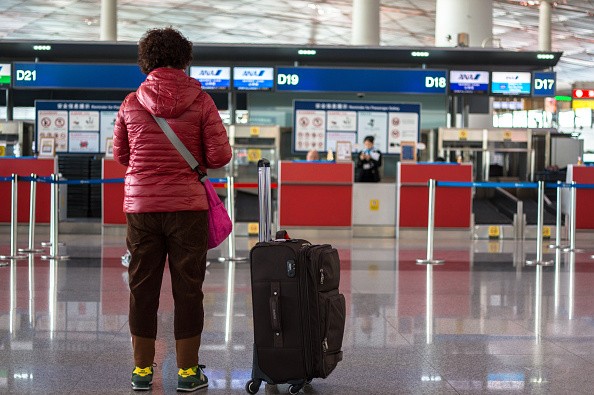China is increasingly competitive in global tourism as the country moves up two spots in the global ranking released by the World Economic Forum on Thursday, April 6, according to an article by Xinhua News Agency.
In the Travel and Tourism Competitiveness Report 2017, China ranked 15 among 136 countries in 14 dimensions. To rank the countries, the World Economic Forum took into consideration the “sustainable economic and societal benefits” countries are able to deliver through the tourism industry.
Unsurprisingly, Spain, Germany and France bagged the top spots.
The World Economic Forum also ranked the most improved countries in global tourism competitiveness, with 12 out of 15 being emerging Asian markets.
“The rise of Asia’s giants show that the Asian Tourism Century is becoming a reality,” Tiffany Misrahi, WEF’s community lead of the aviation, travel and tourism industries, told Xinhua.
The WEF report stated that in 2016, China received approximately 57 million tourists. This accounts for over 20 percent of the total global arrivals in the Asian continent. When it comes to tourist departures, China came out as a large source market in Asia.
China still has a long way to go, however, as only 5 percent of the Chinese population are passport holders, Xinhua News Agency reported.
China’s high ranking is not only evidence of its global competitiveness, but also its increasing international openness, readiness in communications technology, and improved information. China has also made more investments to improve its the country’s tourist service infrastructure.
Additionally, China’s renewed focus on its travel and tourism industry has helped the nation advance two spots in the global rankings.
If China wants to see itself move higher, the WEF laid out a couple of suggestions, including the development of smaller cities to accommodate tourists, improving the country’s environmental sustainability, and making the local market more attractive for business.



























